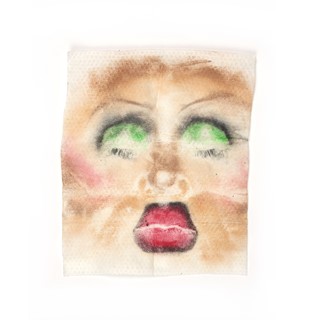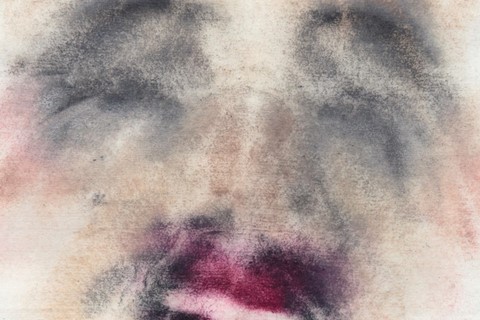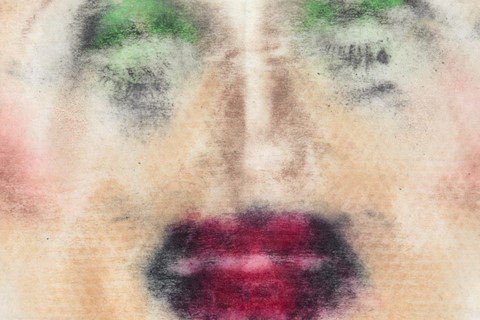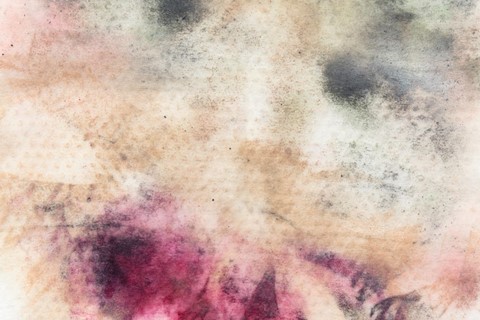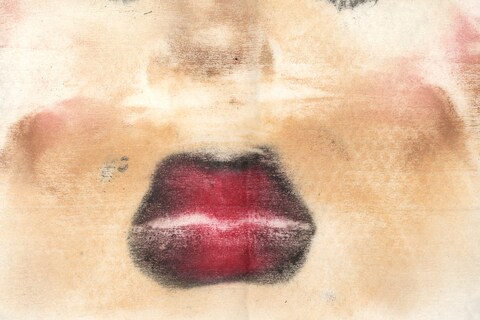We speak to artist and drag performer Victoria Sin about exploring representations of extreme femininity and their first ever lip-sync to a French pop song
Victoria Sin is not your common, or ‘garden’ drag queen. Despite the make-up applied with a trowel, ginormous silicone breast plate and wigs in varying shades of platinum playfully mimicking the sex symbols of the 1940s, there is certainly more than initially meets the eye. Firstly, they were assigned a female gender at birth, but identify as non-binary, taking the pronouns ‘they’ and ‘their’. Secondly, their performances, whilst a veritable extravaganza in terms of Sin’s bodily aesthetic, focus on seemingly arbitrary acts, where making a sandwich or drinking a glass of milk on stage become wry comments on the labour of performing femininity.
“Basically, my drag character is always a bit bored to be there. Always looking incredible, but almost irritated by the fact she is having to perform,” they tell me over the phone. Sin is in the midst of installing their final exhibition at the Royal College of Art as part of their M.A. in Print, which would explain a penchant for the after-show ritual that they have created as part of taking their make-up off. The resulting prints form the series you see here, which we present alongside their thoughts on what it means to play the role of a woman in its most exaggerated form.
On when they started doing drag…
“When I started doing drag about four years ago, I identified as a woman. It was always something I was really interested in. I grew up in quite a traditional family; my parents both worked, so my grandparents brought me up. I come from a conservative Chinese background, so for me, femininity was always something that was performed for eventually marrying a husband that would take care of me. It was something to be seen and not heard. So when I came out, I started going to gay clubs and drag shows, and that’s when I saw femininity representing something that meant to be really loud and take up a lot of space. So from the age of 17, I became really obsessed with drag, and when I turned 18 and moved to the UK, I started meeting a lot of people in the drag scene in east London.”
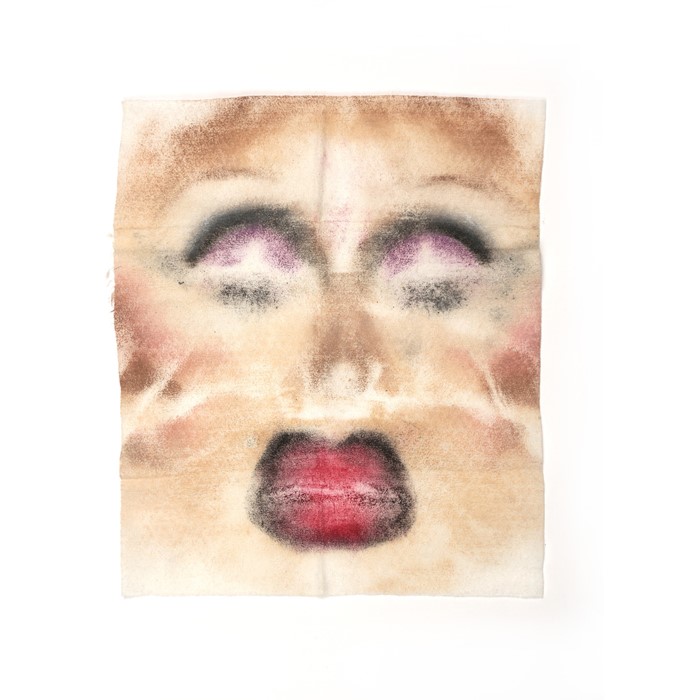
On the character of Victoria Sin…
“I think for me it’s about being this kind of really over the top and extravagant embodiment of femininity. It’s not a critical position of femininity, and it’s not a completely celebratory position on femininity – it’s both at the same time. I resent the way it was placed on my body when growing up, but I really do love performing it. So, for me doing drag is a way to think through all these things because it’s so incredibly complex. Victoria Sin as a character is an amalgamation of a lot of different iconographies of western femininity. If you look at me in drag you can see that there is a little bit of Jessica Rabbit, there is a little bit of Marilyn Monroe – a very idealised image of white femininity. My mother is white and my father is Chinese, and I remember when I was growing asking my mom “Do you think I am beautiful?” I never thought I was because I didn’t have blonde hair and blue eyes like she did. Obviously she never told me this, but it was growing up in a western society that made me think this way as a child.”
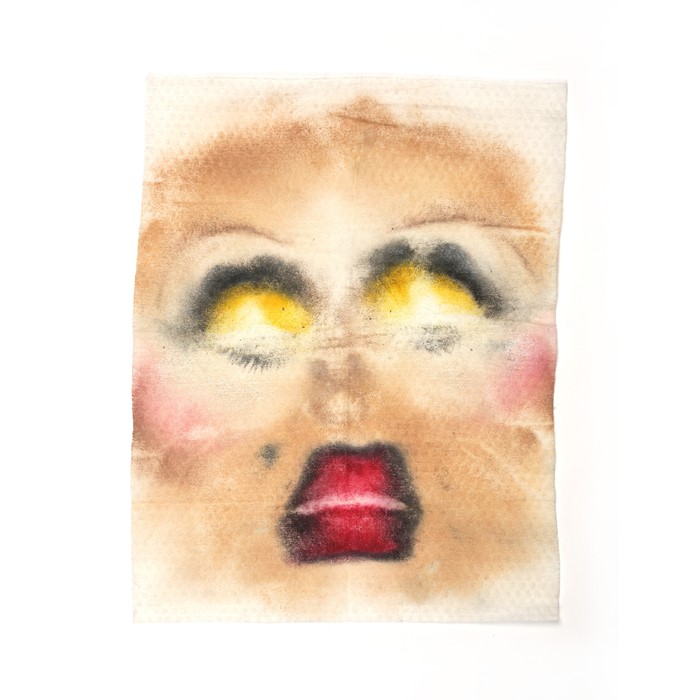
On encountering misogyny in the drag community…
“I mean I think it exists in every aspect of the community and I remember being really surprised when I realised this. When I first started getting into drag, I assumed that because people were performing femininity and that people were like trying to be like women, maybe that they would also be feminists. This was an incredibly naïve position to take. I think a lot of gay spaces are incredibly male and incredibly white. I remember when I first came out and started going to gay bars and drag shows I was a very young, femme-looking, standard Asian girl. My queerness was totally invisible and I was looked at as the ‘fag hag’. I would get these gay men coming up to me and grabbing me and touching me. I was really made to feel my body was not my own and that they had entitlement over my body because I was in their space. I was made to feel like a guest when really these spaces should be inclusive.”
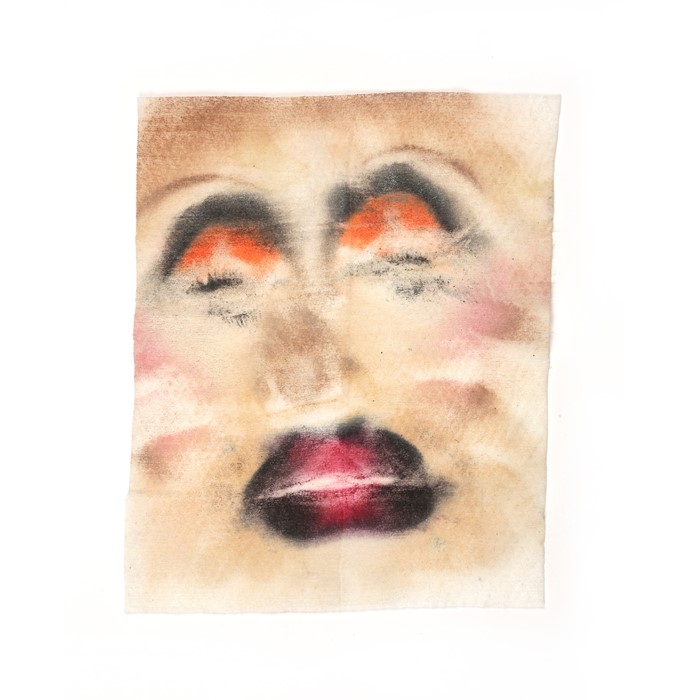
On their drag shows…
“I have a few different kinds of shows, but the ones that I perform the most are full of dry humour. For example, I’ll do something mediocre and domestic – like make a sandwich or drink a glass of milk on stage. The sandwich performance came from the misogynistic expression ‘go and make me a sandwich’. I have done a few lip-syncs, mostly to classic drag songs such as I Am What I Am. The first lip-sync I ever did was to a song called Marcia Baila by a French pop group from the 80s, called Les Rita Mitsouko. It’s a really silly-sounding song but Catherine Ringer who sings it has a really strong voice and it’s really passionate. And if you look at the lyrics, she is actually speaking about her friend who was dying of breast cancer, but when she danced it was like life itself.”

On their make-up wipe prints…
“My drag work and my art practice were always kept very separately. But I find that they are both in conversation with each other quite often. So the make-up wipes I see as artworks, as they are literally prints of my face. It’s a technique I have developed over a few years now and I do it every time I take off my make-up off. There’s a specific way of placing the wipe on the face and pressing and rubbing in a certain way to make a print of my drag make-up. I like to think of them as archives of the feminine labour that was performed that evening. But they also become very performative images in themselves.”
